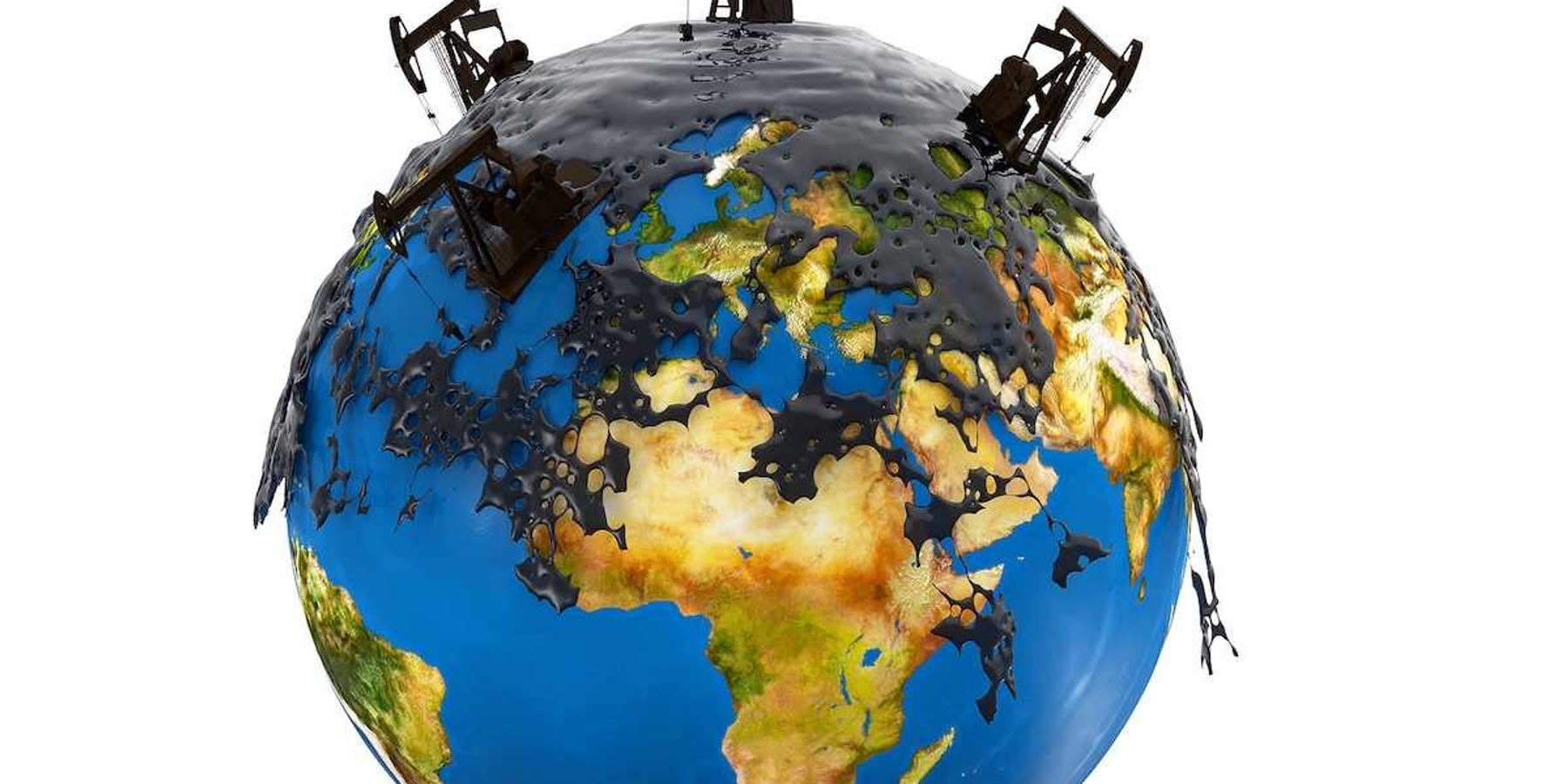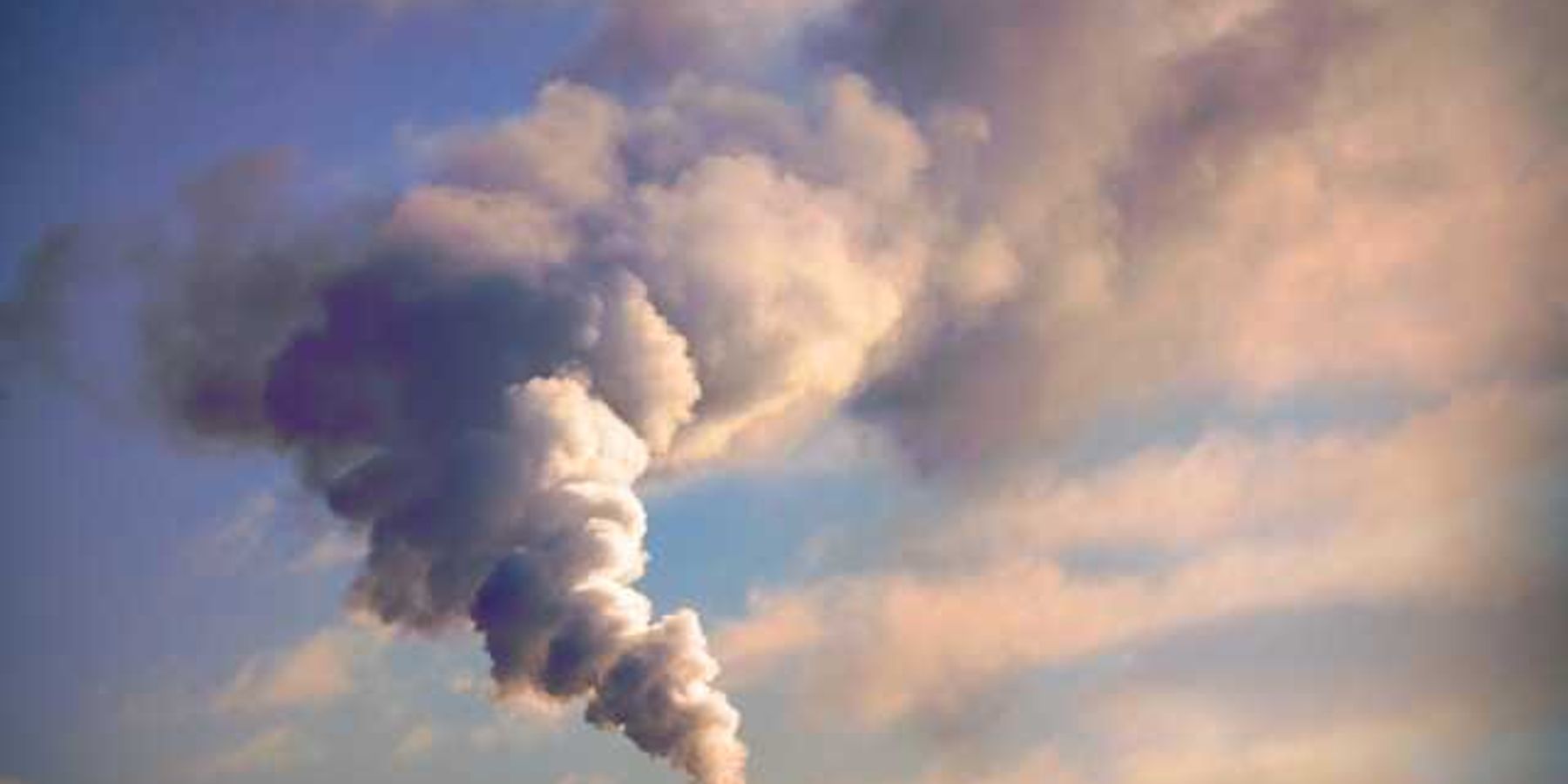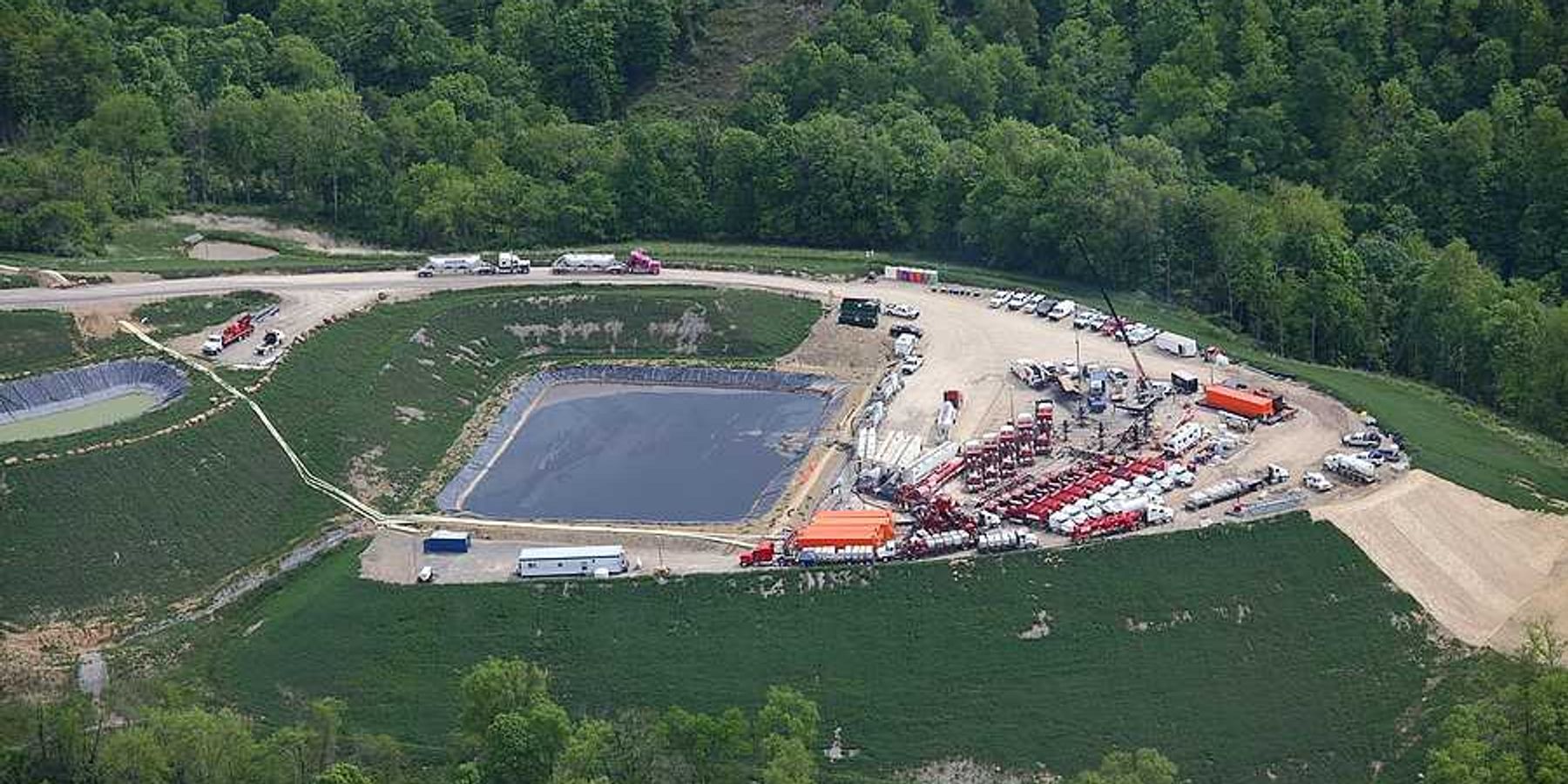Online harassment is putting environmental defenders at risk
Land and climate activists around the world say digital harassment is fueling real-world threats and deterring them from speaking out, according to a new global survey.
Clea Skopeliti reports for The Guardian.
In short:
- A Global Witness survey of more than 200 environmental defenders across six continents found that 90% had experienced online abuse, with many linking it to later offline harm.
- Platforms like Facebook and TikTok have largely failed to respond adequately to harassment reports, especially in cases involving women or activists in countries where such abuse carries serious personal risk.
- Social media companies were criticized for promoting divisive content to drive engagement, which campaigners say worsens the hostility faced by environmental advocates.
Key quote:
“It doesn’t have to be this way. We’re talking about some of the most wealthy companies that hold so much power. [The climate] is the biggest crisis of our lifetimes – if they put their resources into making sure their platforms are safe, we’d have a much better chance of meeting it head-on.”
— Ava Lee, Global Witness campaign lead
Why this matters:
As land and environmental defenders face mounting violence and intimidation around the world, online platforms have become a new front line. Digital abuse doesn’t stay online — it often triggers real-world consequences, including threats, physical attacks, and in some cases, death. Women and activists from the Global South are especially vulnerable, with cultural stigmas and weak enforcement making the attacks even more damaging. The interplay between digital harassment and environmental justice directly affects the ability of communities to push back against harmful land grabs, deforestation, and industrial pollution. When advocates are silenced, so are the frontline warnings about threats to public health and ecosystems. The world’s ability to confront climate change and toxic pollution depends, in part, on their freedom to speak without fear.
Related:













